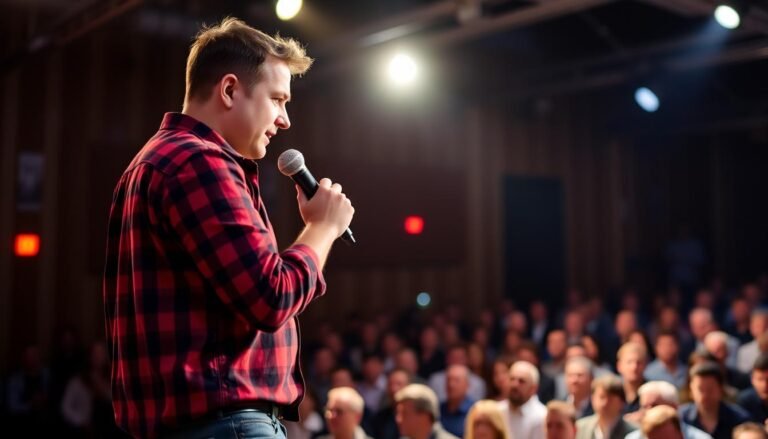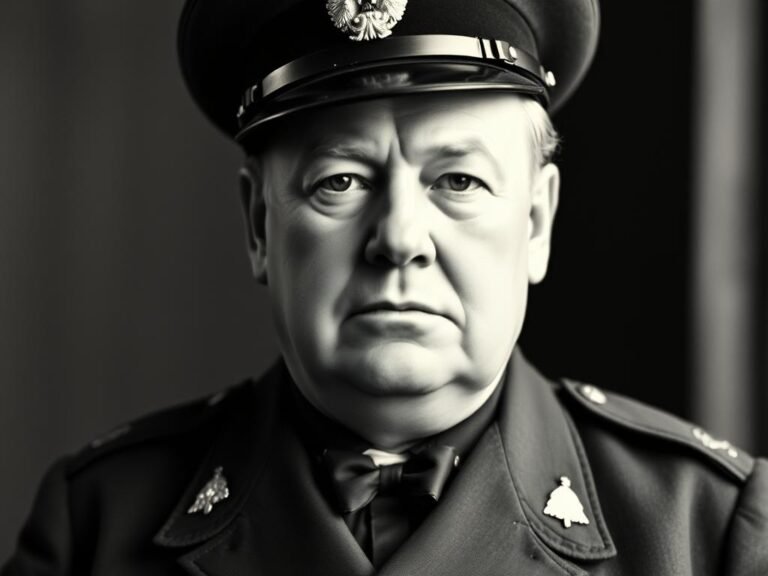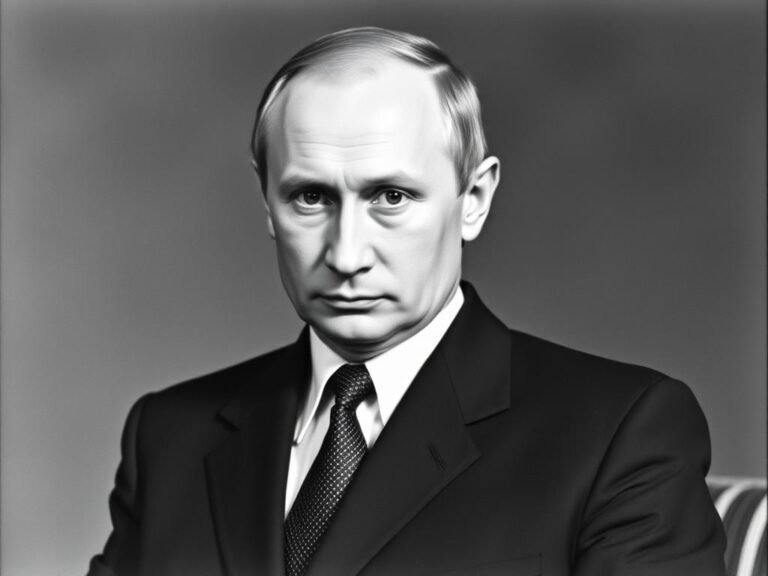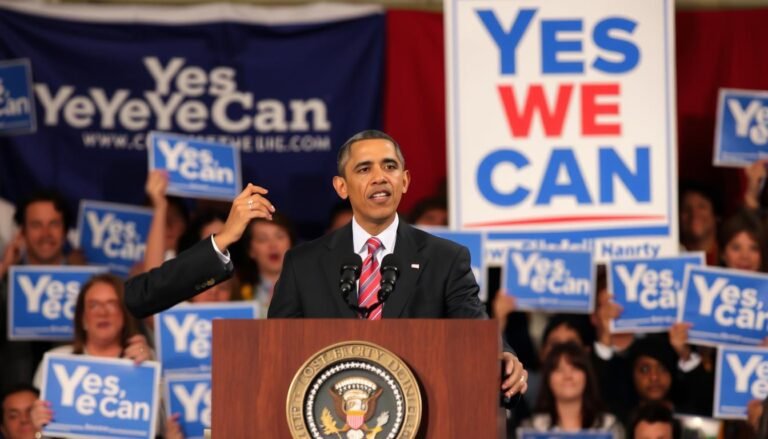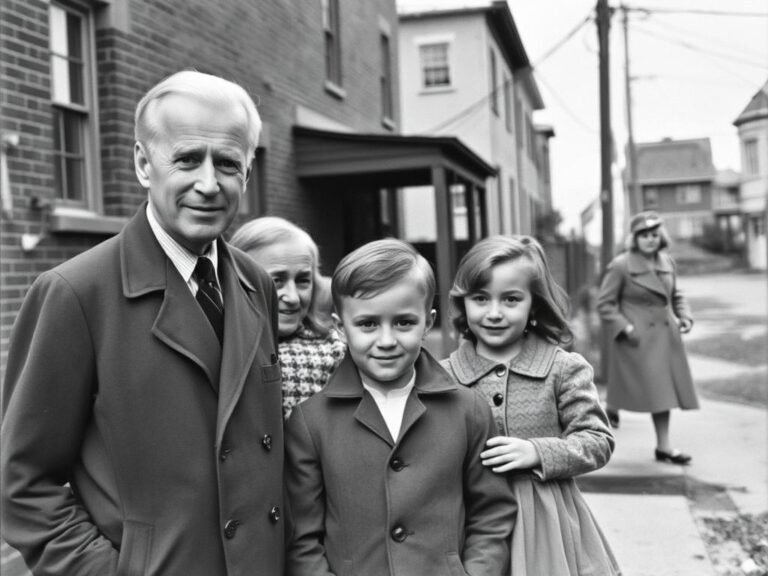John F. Kennedy: The Interplay of Power and Enduring Mystery
“Ask not what your country can do for you—ask what you can do for your country.” With these powerful words, John F. Kennedy defined a generation and established himself as one of America’s most enigmatic leaders. His brief presidency, spanning just over 1,000 days, created ripples that continue to shape our understanding of power, leadership, and national identity decades later.
Kennedy’s story represents a unique intersection of political might and persistent mystery. From his handling of the Cuban Missile Crisis to the enduring questions surrounding his assassination, JFK remains a figure of fascination and scholarly debate. This exploration delves into the complexities of his power, the magnetism of his persona, and the shadows that continue to surround his legacy.
President Kennedy delivers his inaugural address on January 20, 1961, setting the tone for his administration with a call to service.
The Architecture of Power: Kennedy’s Critical Decisions
John F. Kennedy’s presidency came at a pivotal moment in American history. The Cold War tensions had reached dangerous levels, civil rights movements were gaining momentum, and the space race symbolized a broader competition for global influence. Kennedy navigated these challenges with a distinctive approach to power that balanced idealism with pragmatism.
The Cuban Missile Crisis: Thirteen Days at the Brink
In October 1962, Kennedy faced perhaps the most dangerous moment of the Cold War when American intelligence discovered Soviet nuclear missiles in Cuba. The world held its breath as Kennedy and Soviet Premier Nikita Khrushchev engaged in a high-stakes standoff that brought humanity perilously close to nuclear war.
Kennedy rejected both the military’s recommendation for an immediate air strike and the passive acceptance of missiles just 90 miles from American shores. Instead, he implemented a naval quarantine of Cuba while maintaining diplomatic channels. This measured approach—firm but not reckless—exemplified Kennedy’s exercise of power at its most effective.

President Kennedy examines reconnaissance photographs of Soviet missile installations in Cuba, October 1962.
“Our problems are manmade—therefore, they can be solved by man.”
Civil Rights: The Moral Imperative
Kennedy’s approach to civil rights evolved significantly during his presidency. Initially cautious on racial issues for political reasons, he grew to understand the moral imperative of federal action as the Civil Rights Movement gained momentum. His June 11, 1963 televised address framed civil rights as a moral issue central to American identity.
While Kennedy didn’t live to see the passage of the Civil Rights Act, his administration laid crucial groundwork by ordering National Guard troops to protect African American students at the University of Alabama and proposing comprehensive civil rights legislation that would later pass under President Johnson.
The Space Race: Vision as Power
Kennedy’s bold declaration that America would land a man on the moon “before this decade is out” represented a different dimension of presidential power—the ability to mobilize national resources toward an ambitious vision. This wasn’t merely about beating the Soviets; it was about demonstrating American technological prowess and organizational capacity.

Kennedy delivers his famous “We choose to go to the moon” speech at Rice University, September 12, 1962.
Explore Kennedy’s Presidential Documents
Dive deeper into Kennedy’s decision-making process through declassified memos, speeches, and correspondence from his presidency.
The Camelot Era: Kennedy’s Charismatic Leadership
Kennedy’s power extended beyond formal political authority. His personal charisma, media savvy, and cultural influence created what would later be mythologized as “Camelot”—a golden era of American optimism, youth, and possibility.
The Television President
Kennedy was the first president to fully harness television’s potential, understanding its intimate nature and visual impact. His telegenic appearance and natural ease before cameras gave him an advantage in the famous 1960 debates with Richard Nixon, where radio listeners thought Nixon won while television viewers favored Kennedy.
As president, Kennedy used televised press conferences to bypass traditional media filters and speak directly to Americans. These appearances—informal, witty, and informative—achieved ratings that rivaled popular entertainment programs and transformed the relationship between the presidency and the public.

President and Mrs. Kennedy embodied a new era of youth, style, and cultural sophistication in the White House.
The Kennedy Family Mystique
The Kennedy family itself became a cultural phenomenon. Jackie Kennedy’s grace and style, the couple’s young children in the White House, and the broader Kennedy clan created an American version of royalty. This carefully cultivated image of youth, vigor, and sophistication contrasted sharply with the more staid Eisenhower years.
The Kennedy mystique extended to his brothers Robert and Ted, creating a political dynasty that would influence American politics for decades. This family narrative—wealthy yet committed to public service—resonated deeply with the American public and contributed to the emotional impact of JFK’s assassination.
“A nation reveals itself not only by the men it produces but also by the men it honors, the men it remembers.”
Cultural Influence and the Arts
Kennedy elevated the role of arts and culture in American life. He and Jackie invited leading artists, writers, and musicians to the White House, signaling that intellectual and creative achievement deserved national recognition alongside political and military accomplishments.
This cultural sophistication extended to Kennedy’s rhetoric. His speeches, crafted with aide Ted Sorensen, featured literary allusions, historical references, and memorable phrases that continue to inspire. Kennedy understood that leadership required not just policy expertise but the ability to move hearts and minds through language.
Public Image
- First “television president”
- Projected youth and vigor
- Mastered press conferences
- Cultivated relationships with journalists
Cultural Impact
- Transformed White House into cultural center
- Supported the arts and humanities
- Created the Peace Corps
- Inspired a generation to public service
Shadows in Dallas: The Assassination and Its Mysteries
On November 22, 1963, Kennedy’s motorcade drove through Dealey Plaza in Dallas, Texas. Shots rang out, and the president was struck. He was pronounced dead shortly after arriving at Parkland Memorial Hospital. This moment—captured in the Zapruder film and seared into national consciousness—marked the violent end of Camelot and the beginning of enduring mysteries.

Dealey Plaza in Dallas, Texas, where President Kennedy was assassinated on November 22, 1963.
The Official Narrative: Lee Harvey Oswald
The Warren Commission, established by President Johnson to investigate the assassination, concluded that Lee Harvey Oswald acted alone in shooting Kennedy from the sixth floor of the Texas School Book Depository. Oswald, a former Marine with Marxist sympathies who had briefly defected to the Soviet Union, was himself killed two days later by nightclub owner Jack Ruby while in police custody.
The official narrative raises as many questions as it answers. What motivated Oswald? Why would he kill a president who was cautiously moving toward détente with the Soviet Union? Was Ruby’s killing of Oswald a spontaneous act of vengeance or something more sinister? These questions have fueled decades of alternative theories.
Conspiracy Theories: The Enduring Doubts
Public skepticism about the Warren Commission’s findings emerged almost immediately. By 1966, a majority of Americans believed others were involved in Kennedy’s assassination. This skepticism has only grown with time, fueled by inconsistencies in evidence, witness testimonies, and the release of classified documents.

The Warren Commission presents its report on the assassination to President Johnson in 1964.
Major conspiracy theories implicate various potential culprits: the CIA, angered by Kennedy’s handling of the Bay of Pigs and plans to reform the intelligence community; the Mafia, possibly retaliating for Robert Kennedy’s crackdown on organized crime; Cuban exiles or the Soviet Union; or even elements within the U.S. military-industrial complex opposed to Kennedy’s policies on Vietnam and nuclear weapons.
The Evidence Gap: What We Still Don’t Know
Despite decades of investigation, crucial gaps remain in our understanding of Kennedy’s assassination. The acoustic evidence suggesting multiple shooters, the “magic bullet” theory, missing or altered medical records, and witness testimonies contradicting the official narrative all contribute to ongoing uncertainty.
The gradual declassification of government documents has revealed that agencies withheld information from the Warren Commission, though not necessarily evidence of conspiracy. The final batch of assassination records, scheduled for release in 2023, may provide new insights—or deepen the mystery further.
Key Unresolved Questions
- Was Oswald the sole shooter, or were there others?
- What explains the apparent discrepancies in medical evidence?
- Why did intelligence agencies withhold information from investigators?
- What was Oswald’s true motivation?
- Was Jack Ruby acting alone when he killed Oswald?
Examine the Evidence Yourself
Explore declassified documents, photographs, and testimonies related to the Kennedy assassination through the National Archives.
Eternal Enigmas: Kennedy’s Enduring Legacy
Kennedy’s death transformed him from a president with a mixed record of accomplishments into an icon frozen in time. His assassination prevented us from seeing how his presidency might have evolved, particularly regarding Vietnam, civil rights, and relations with the Soviet Union. This incomplete narrative has allowed Kennedy to become a canvas onto which Americans project their ideals and aspirations.
The Myth and the Man
The “Camelot” mythology began almost immediately after Kennedy’s death, when Jackie Kennedy told journalist Theodore White that JFK had loved the musical and often played its soundtrack before bed. “There will be great presidents again,” she said, “but there will never be another Camelot.” This framing—romantic, idealistic, tragically cut short—has profoundly shaped Kennedy’s legacy.

The eternal flame at President Kennedy’s grave in Arlington National Cemetery symbolizes his enduring legacy.
The reality was more complex. Kennedy’s presidency had both significant achievements and notable failures. His rhetoric often outpaced his actions, particularly on civil rights. His personal life, including extramarital affairs concealed from the public, revealed contradictions between image and reality. Yet the power of the Kennedy myth persists, speaking to deep American needs for inspirational leadership.
What If? The Counterfactual Presidency
Kennedy’s abbreviated presidency inevitably raises questions about what might have been. Would he have escalated American involvement in Vietnam as Johnson did, or found a diplomatic solution? Would his cautious approach to civil rights have accelerated into more forceful action? Would détente with the Soviet Union have come earlier under his leadership?
These counterfactual questions are unanswerable but revealing. They highlight both Kennedy’s potential and the pivotal nature of his era. His assassination represents not just a personal tragedy but a moment when American history might have taken a different path.

Lieutenant Kennedy during his Naval service in World War II, where he demonstrated the courage and leadership that would later define his presidency.
Modern Resonance: Kennedy in Contemporary America
Kennedy’s legacy continues to influence American politics and culture. Politicians across the political spectrum invoke his memory and rhetoric. His emphasis on public service inspired programs like AmeriCorps. His handling of the Cuban Missile Crisis remains a case study in crisis management and nuclear diplomacy.
Perhaps most significantly, Kennedy represents an ideal of leadership that balances pragmatism with idealism, strength with restraint, and national interest with global responsibility. In an era of increasing polarization, his ability to inspire while acknowledging complexity offers a model of leadership worth revisiting.
“All this will not be finished in the first one hundred days. Nor will it be finished in the first one thousand days, nor in the life of this Administration, nor even perhaps in our lifetime on this planet. But let us begin.”

The Kennedy family at their compound in Hyannis Port, Massachusetts, where they cultivated the personal bonds that supported their public service.
Conclusion: Power, Mystery, and Memory
John F. Kennedy’s brief presidency continues to fascinate because it represents a unique intersection of power and mystery. His political decisions during critical Cold War moments demonstrated both the potential and limitations of presidential authority. His personal charisma transformed the relationship between the presidency and the public. The circumstances of his death remain shrouded in uncertainty, fueling endless speculation and investigation.
Perhaps most significantly, Kennedy’s unfinished story allows us to project our own hopes and values onto his legacy. He remains both a historical figure and a symbol—of youthful idealism, of American potential, of dreams violently interrupted. In this duality lies his enduring power to inspire and intrigue, more than half a century after that fateful day in Dallas.
As we continue to examine the interplay of power and mystery in Kennedy’s life and death, we gain insights not just into one remarkable man and his era, but into our own national character and aspirations. The questions Kennedy’s story raises—about leadership, transparency, violence, and myth-making—remain as relevant today as they were in 1963.

President Kennedy at the Resolute Desk in the Oval Office, embodying both the power and the burden of the presidency.
Continue Exploring Kennedy’s Legacy
Visit the John F. Kennedy Presidential Library and Museum to experience interactive exhibits, original documents, and personal artifacts that bring the Kennedy era to life.


